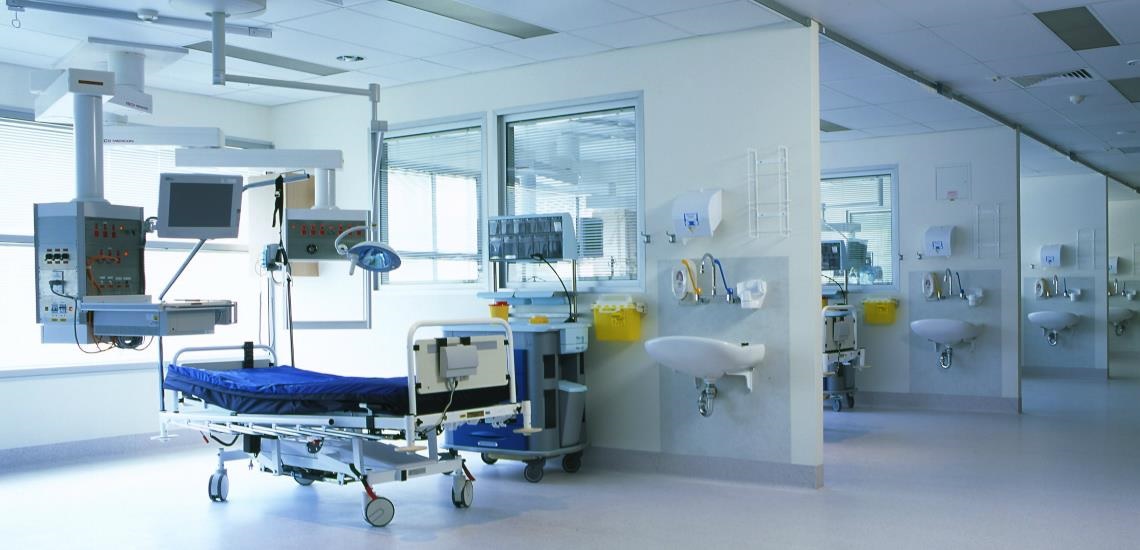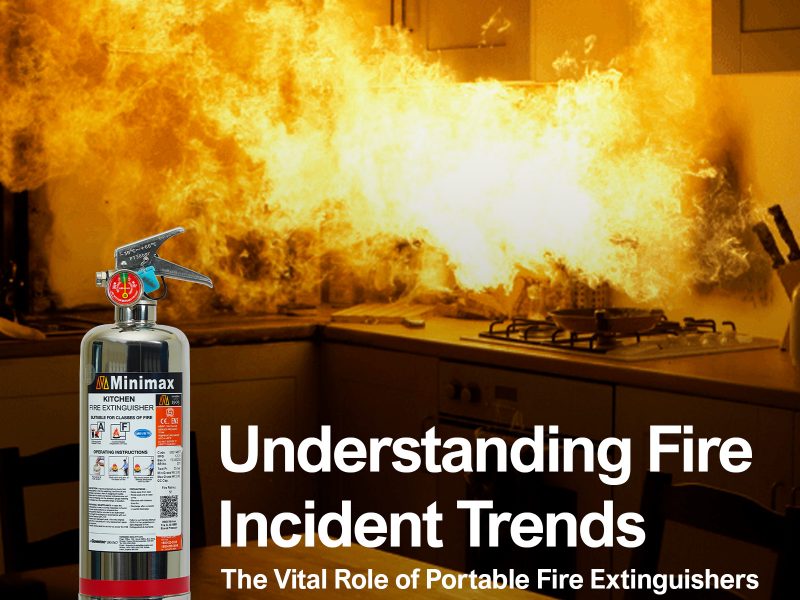
Fire represents one of the biggest safety hazards, it is not only limited to workplaces, residential and commercial buildings, or industries but also to the hospital premises. Hospitals have more challenging fire safety and prevention needs than other commercial buildings. After all, some patients may be unable to walk, and others rely on life support systems that can’t be moved. The immobility of some patients makes evacuation difficult, which stresses how critical fire protection is for the fire safety of the hospital.
Know the Hospital’s Fire Risks
For adequate fire protection, you must assess the fire risks involved in the hospital premises. Identify the fire-prone areas which can trigger fire incidents. The specialized medical and surgical equipment, Laser, and electrosurgical tools provide a genuine ignition hazard, while compressed oxygen tanks, surgical clothing, and flammable sterilizing/disinfecting liquids are perfect fuels. Hence, special attention should be focused on proper prevention and suppression techniques to avoid this worst-case scenario. National Building code clearly defines the compartmentation, where it states that the floors shall be compartmented / zoned which is important to limit the spread of a fire and is confined to a small area of the building.
Install & Maintain Fire Protection Equipment
Survey and fire protection plan preparation from competent authorities, installation of fire safety systems and equipment in the hospital. After commissioning it is critical to inspect, maintain, repair, and replace these systems as needed. services the following fire protection equipment for hospitals:
- Fire alarms, the system that ensures everyone knows about the fire so they can evacuate
- Fire sprinkler & Hydrant systems, the first level fire protection against fires in hospitals
- Portable fire extinguishers & fire blankets, the firefighting device for initial attack on fire hazard
- Kitchen fire suppression systems, to protect from fire in cooking areas of healthcare facilities
- An evacuation plan and layout display
- Clear access to all the exits
- Emergency exit lighting, which keeps dark hallways lit in case of power failure
Implementation of Hospital Fire Safety Plan
After the successful commissioning of the Fire Alarm, Sprinkler & Hydrant system, fire extinguishers, and other necessary fire protection equipment hospital fire safety plan shall be implemented. This plan shall include the following steps:
- Provide fire extinguisher training for every new staff member who joins your team. Then, repeat training once a year to make sure everyone can confidently use a fire extinguisher.
- Create an evacuation plan, which should outline protocols for escorting or carrying patients to safety; activating the nearest pull station; extinguishing flames with a nearby extinguisher; closing doors to confine the fire if it grows too large, and evacuating to an assembly area outside the building.
- Everyone hospital employee shall be aware of the fire safety plan and trained on implementation in case of a fire emergency.
The sensitive nature of healthcare environments means that fire safety and prevention shall be on the highest priority of the administration team. A fire within a hospital where patients are receiving vital treatments is a serious threat to life, and evacuation procedures become far more complex when mobility is an issue for many. This makes the removal of fire hazards even more important and could result in the need for more regular assessments of the risks present on the premises than might be necessary for other premises or buildings.


